1. “In the Year 2525” by Zager and Evans
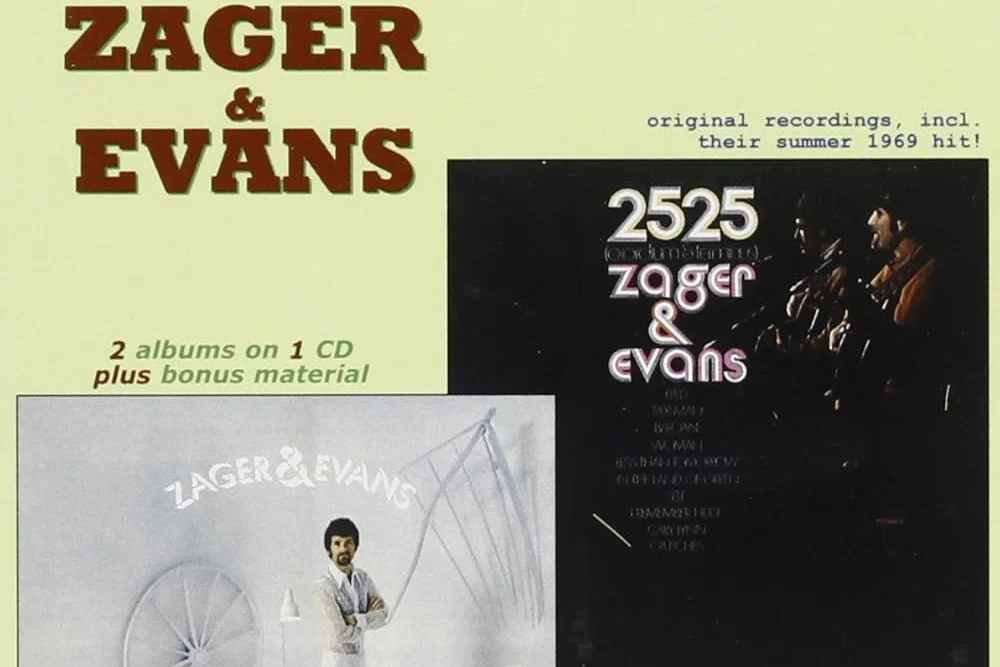
When Zager and Evans released “In the Year 2525” in 1969, it wasn’t just a pop song, it was a haunting prophecy about the future of humanity. The lyrics walk listeners through centuries, imagining what science and technology might do to human life. For a brief moment, the song was everywhere, hitting number one in both the U.S. and U.K. and making the duo seem destined for greatness. Yet once the ’70s rolled around, they quickly faded from public view.
Today, most people don’t even recognize the duo’s name, though the song occasionally pops up in film or television soundtracks. Its eerie blend of folk-rock and dystopian storytelling influenced later musicians who tackled social commentary through music. Even though it vanished from most playlists, the message still feels relevant in today’s age of rapid technological change. It’s one of those songs that truly shaped the direction of thought in music, even if we rarely hear it now.
2. “Time Has Come Today” by The Chambers Brothers
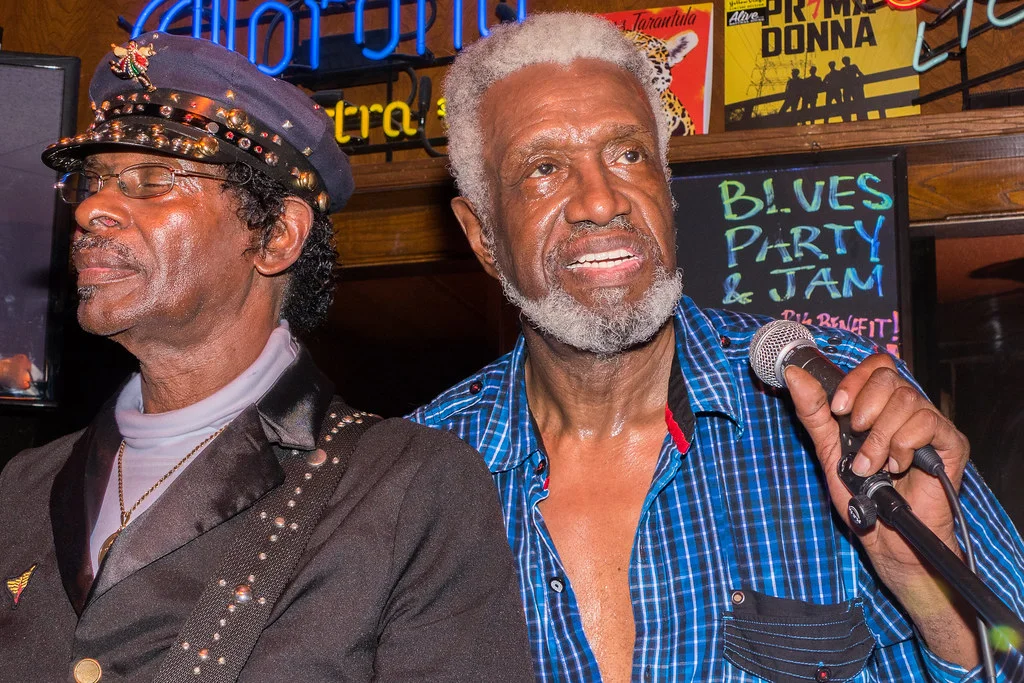
The Chambers Brothers shook things up in 1967 with “Time Has Come Today,” a psychedelic-soul anthem that blended gospel, blues, and rock in a way that felt completely fresh. The hypnotic cowbell, stretched-out instrumental sections, and raw energy captured the spirit of the late ’60s counterculture. At over eleven minutes long in its uncut form, it defied radio norms and made listeners feel like they were part of something revolutionary.
Despite its cultural weight, the song doesn’t get the recognition it deserves today. It was an important bridge between soul and psychedelic rock, inspiring countless jam bands that came later. The Chambers Brothers never reached the superstardom of their peers, but “Time Has Come Today” still stands as a reminder of when rock was unafraid to experiment. Sadly, it’s more often forgotten than celebrated.
3. “Pictures of Matchstick Men” by Status Quo

When Status Quo released “Pictures of Matchstick Men” in 1968, it introduced listeners to a swirling, almost surreal sound. With its wah-wah guitar riff and dreamy lyrics, the track became the band’s only major U.S. hit. It was a bold mix of psychedelia and hard rock that fit perfectly into the late ’60s scene. Yet, despite its innovation, the song and the band largely slipped out of the American spotlight.
In the U.K., Status Quo went on to have a long career, but stateside, “Pictures of Matchstick Men” remains their forgotten gem. It opened doors for psychedelic guitar-driven rock, influencing artists who wanted to push boundaries with sound. While American listeners may not recall it today, its DNA can be heard in many later tracks. It’s one of those songs you rediscover and wonder why it isn’t talked about more.
4. “Eastern Rain” by Fairport Convention

Fairport Convention may not have achieved the same mainstream recognition as some of their peers, but their 1969 track “Eastern Rain” showed just how inventive the British folk-rock scene could be. Written by Joni Mitchell but first recorded by Fairport, the song blended her poetic lyricism with the band’s signature mix of traditional folk and electric rock. Sandy Denny’s haunting vocals gave the track a unique weight that set it apart from anything else at the time. It was one of those songs that pushed rock to embrace a deeper sense of storytelling.
Despite its importance, “Eastern Rain” is rarely mentioned outside of devoted fans of Fairport or Mitchell. It laid groundwork for the folk-rock revival that followed in both the U.K. and the U.S., inspiring artists to experiment with blending roots music and modern sounds. While Mitchell’s catalog became legendary, this little gem from Fairport’s version has largely been forgotten. It remains an overlooked milestone in the evolution of folk-rock during the late ’60s.
5. “Morning Dew” by Tim Rose

Originally a folk song by Bonnie Dobson, “Morning Dew” was transformed into something darker and more electric when Tim Rose recorded it in 1967. The lyrics imagine a conversation after a nuclear apocalypse, capturing the Cold War fears of the time. Rose’s gravelly voice and heavy guitar gave the song a chilling edge. It became a favorite for other artists to cover, including the Grateful Dead, who made it a live staple.
Despite its influence, Rose’s version is barely remembered. It’s a shame, because his take on “Morning Dew” helped bring folk-rock into new, heavier territory. The song was a milestone in blending protest themes with rock energy. Even though it doesn’t get much airplay today, its echoes can still be heard in socially conscious music decades later.
6. “Hurdy Gurdy Man” by Donovan
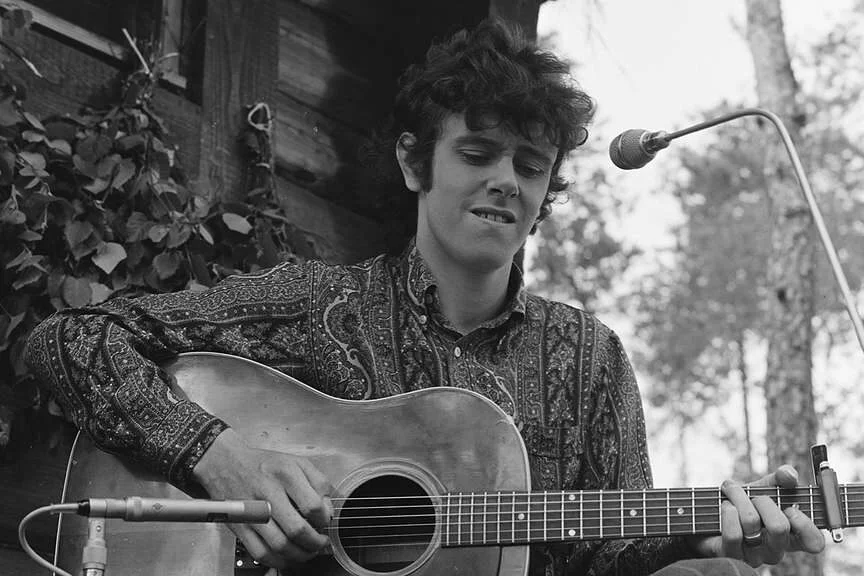
Donovan was known for his dreamy, mystical songs, and “Hurdy Gurdy Man” from 1968 is one of his most fascinating. It’s rumored that members of Led Zeppelin played on the track, giving it a harder edge than Donovan’s usual folk style. The lyrics, inspired by Eastern philosophy, added to its mysterious vibe. For a time, the song was a hit and showcased Donovan’s ability to adapt to the changing sound of the decade.
But unlike “Sunshine Superman” or “Mellow Yellow,” this one often slips through the cracks when people remember his catalog. That’s surprising, considering how much it influenced psychedelic and hard rock musicians. The distorted guitar riffs in “Hurdy Gurdy Man” were ahead of their time, paving the way for heavier music in the ’70s. It may be forgotten now, but it once pointed rock toward a new future.
7. “Somebody to Love” by The Great Society
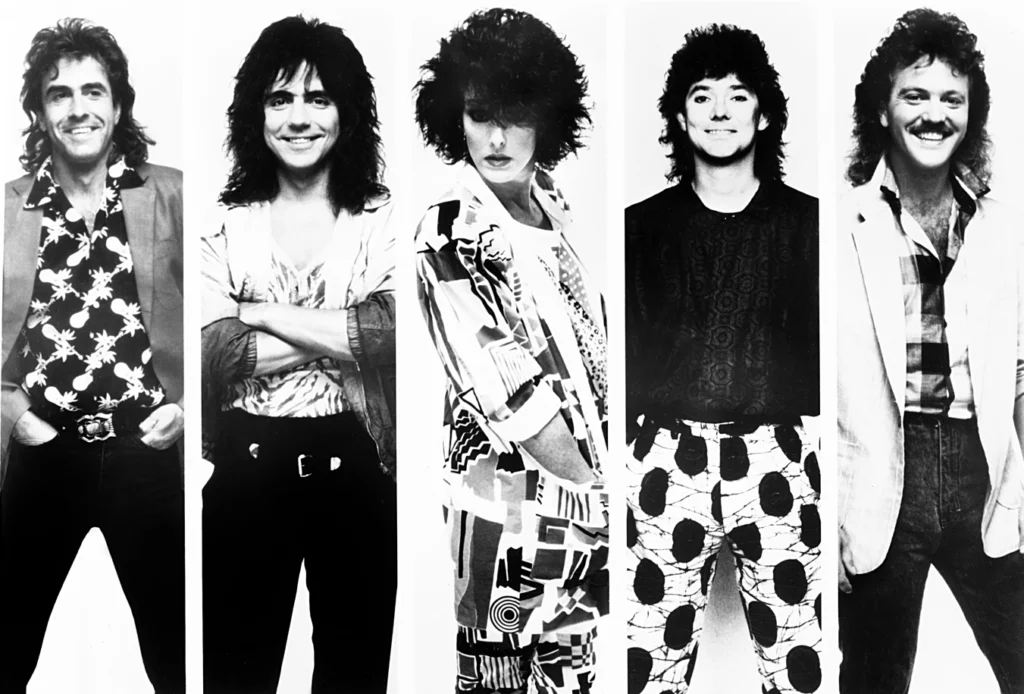
Before Jefferson Airplane made it famous, “Somebody to Love” was first performed by Grace Slick’s earlier band, The Great Society. Their 1966 version is rawer and slower, with a garage-rock feel that’s very different from the polished hit it later became. It was a bold song for its time, tackling the emptiness of casual relationships and the search for real connection.
Though the Jefferson Airplane version overshadowed it, The Great Society’s original deserves recognition. It showed how songs could evolve through different interpretations and still capture the mood of a generation. Without that first take, the world may never have heard the iconic version we know. It’s a forgotten stepping stone in rock history that changed everything, quietly.
8. “The Weight” by The Band
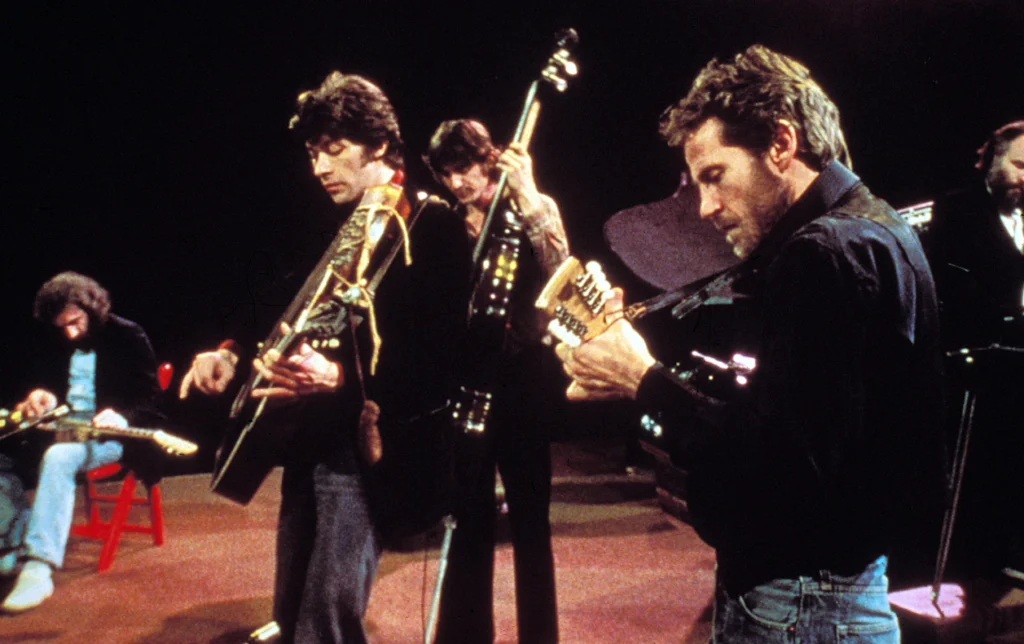
In 1968, The Band released “The Weight,” and it quickly became a defining moment in American rock. With its biblical imagery and rootsy sound, it blended folk, country, and rock in a way that felt timeless. Everyone from Aretha Franklin to Jackie DeShannon covered it, and for a while, it seemed inescapable. Yet despite its influence, it doesn’t always get the same recognition as other ’60s anthems.
Part of the reason may be that The Band’s career was filled with other memorable songs, and “The Weight” got lost in the shuffle over time. But it introduced a whole new Americana sound that would inspire artists for decades. Listening to it now feels like stepping into another world, one that still feels as relevant as ever. Forgotten or not, it truly changed music forever.
9. “Fresh Garbage” by Spirit
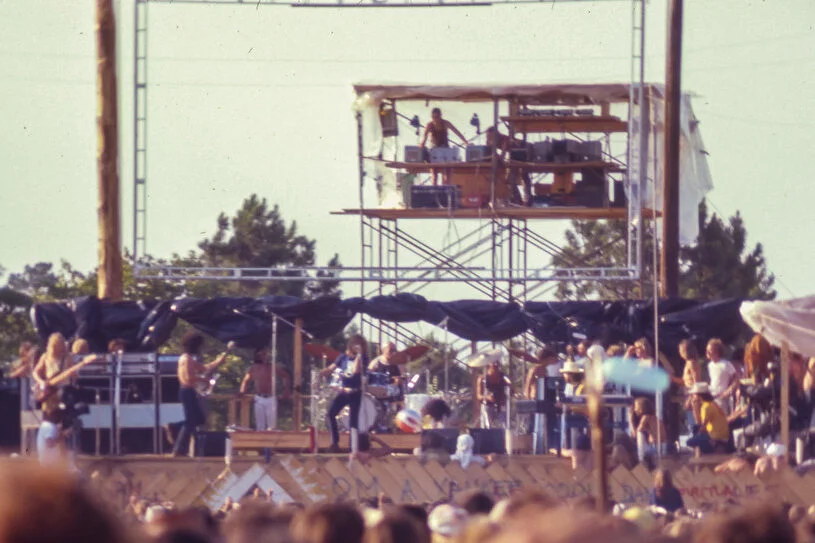
Spirit was a band ahead of its time, and their 1968 song “Fresh Garbage” proved it. Built around a jazzy groove, the song was actually a critique of consumer culture and waste. It combined rock with jazz fusion, making it one of the earliest examples of how far rock could stretch. Spirit may not have become a household name, but their sound influenced groups like Led Zeppelin and Pink Floyd.
Today, “Fresh Garbage” isn’t widely remembered outside of dedicated fans. But its daring mix of genres opened the door for progressive rock and jam bands in the ’70s. It showed that rock could be both thoughtful and experimental without losing its edge. It might be forgotten now, but its legacy is hidden in plain sight in later music.
10. “Season of the Witch” by Donovan

Another Donovan entry, “Season of the Witch,” came out in 1966 and has been covered countless times. Its moody, creeping rhythm and cryptic lyrics made it a psychedelic anthem. It was a departure from the lighter folk-pop he was known for, giving listeners something darker to latch onto. It influenced the growing psychedelic movement that defined the decade.
Yet when people look back at Donovan’s career, this track often takes a backseat to his bigger hits. That’s a shame, because “Season of the Witch” arguably had more lasting influence on rock and blues musicians. Its structure and vibe made it endlessly adaptable, shaping the way future artists experimented with mood and atmosphere. Even if it’s not widely remembered, it left a huge mark.
11. “San Franciscan Nights” by Eric Burdon & The Animals
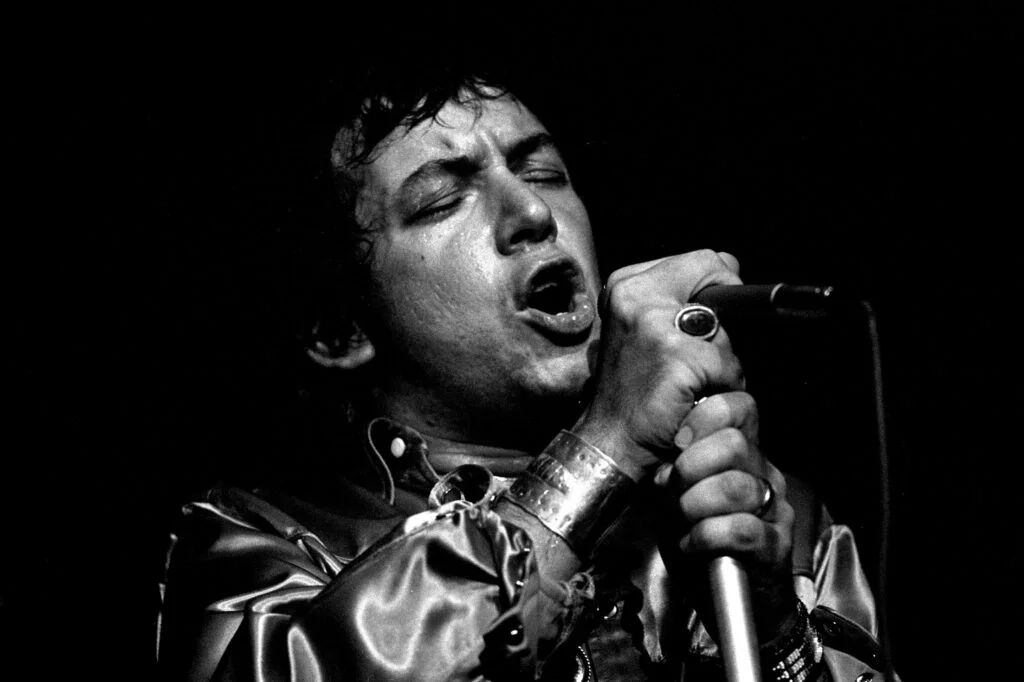
Eric Burdon & The Animals captured the spirit of the ’60s with “San Franciscan Nights,” a 1967 love letter to the city at the center of counterculture. With its mix of spoken word and soulful singing, the track painted a vivid picture of the Summer of Love. It was both a protest song and an invitation, urging listeners to embrace peace and freedom.
Though Eric Burdon’s work with The Animals is still celebrated, this particular song often gets overlooked. It was a turning point in how rock music could mix storytelling with activism. While not as famous as “House of the Rising Sun,” it resonated with the generation that first heard it. Today, it stands as a forgotten time capsule of an era.
12. “Incense and Peppermints” by Strawberry Alarm Clock
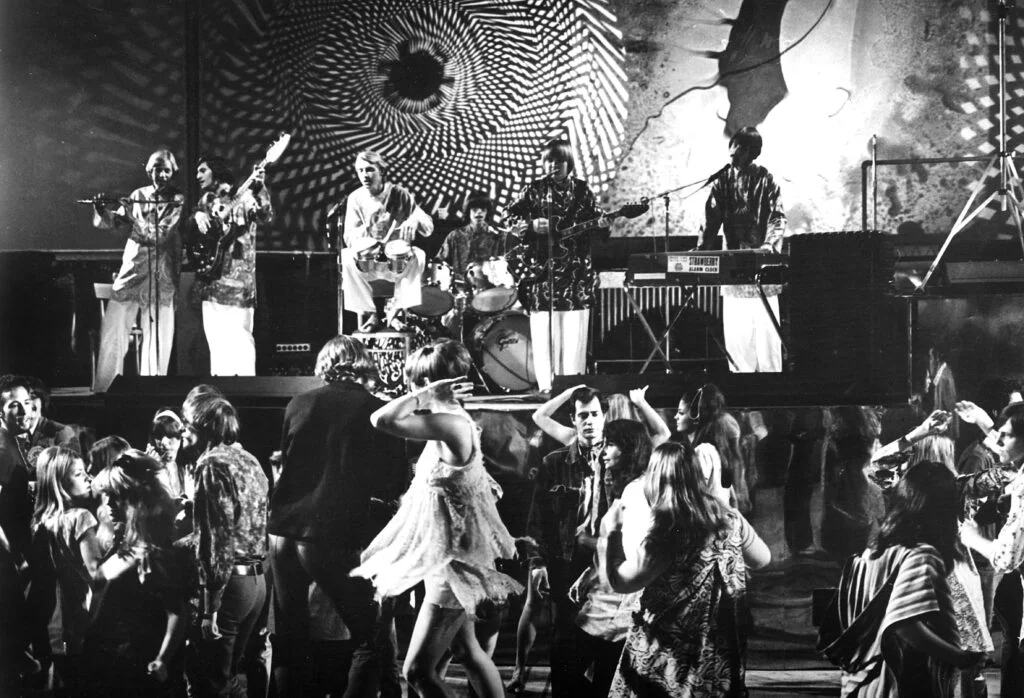
In 1967, Strawberry Alarm Clock delivered one of the trippiest songs of the decade with “Incense and Peppermints.” It became a surprise number-one hit, with its swirling organ riffs and nonsensical lyrics. The track embodied the psychedelic sound of the era so well that it almost feels like a parody today. Yet at the time, it was groundbreaking in how it captured a cultural mood.
Despite topping the charts, Strawberry Alarm Clock struggled to follow up on the success. As a result, the song slipped into the “one-hit wonder” category. That’s unfortunate, because it influenced later psychedelic and pop acts with its kaleidoscopic style. Forgotten by most listeners now, it was once the soundtrack of a generation.
13. “You Keep Me Hangin’ On” by Vanilla Fudge

While the Supremes made “You Keep Me Hangin’ On” a Motown hit, Vanilla Fudge turned it into something entirely different in 1967. Their slowed-down, heavy version stretched the song into a psychedelic rock epic. It was dramatic, emotional, and helped introduce the concept of reimagining pop songs with a rock edge. The track even earned praise for its musicianship and boldness.
But over the years, Vanilla Fudge faded from the spotlight, and their version of the song slipped from memory. Still, it opened the door for countless rock bands to take liberties with cover songs. It showed that reinterpretation could be just as powerful as original material. Though rarely remembered now, it changed how rock musicians approached popular music forever.


